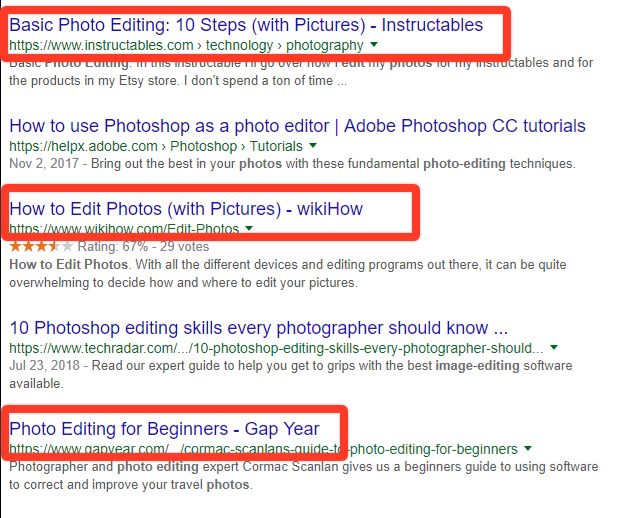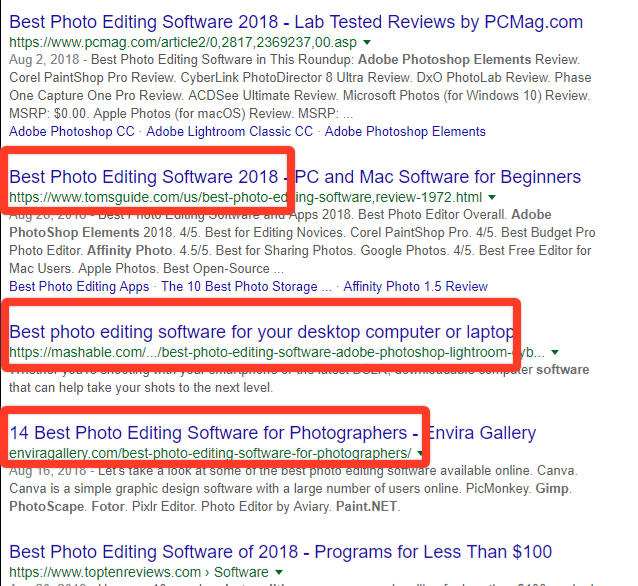Behind every Google search, there is an intention. People are looking for something in particular when they’re searching the web — the answers to their problems, information about the services available to them or sources for the product they want. If you want your business to be discovered by users on the web, your content needs to be optimized for user intent.
Since Google can recognize user intent, it displays pages in search results that are most relevant to what the user is looking for. Because of this, understanding user intent and creating content with the user’s intent in mind is essential to improving the relevance of your website pages and improving SEO.
If you want to drive more relevant traffic to your site and increase conversions, here’s how to create a user-intent SEO strategy.
Understand the different types of user intent.
In order to create a user-intent SEO strategy for your content, you first need to understand the different types of user intent. Start by heading over to Google. Enter the search terms your audience would be looking for; and, based on what turns up, you’ll easily be able to identify what type of content users want at each different stage of user intent. In the example below, I used Google search results to demonstrate the three stages of user intent.
1. Informational search queries
In the informational search queries stage, the user is trying to gather more information about a particular topic or product, but he or she is not ready to buy. For example, the user might search for “how to edit photos.”

Notice how all the results for that Google search are informational, like how-to blog posts and tutorials. There are no ads on the page because users are only searching for information and not a particular product they want to buy.
2. Navigational search queries
In the navigational search queries stage, the user is looking for a specific type of content to help him or her consider their options, but is still not quite ready to buy. The user will search, for example, for “What is the best photo editing software?”

In this stage of user intent, the results are lists for the top 10 photo editing software and similar comparison blog posts that help users make a decision. The options may contain links to buy, but the sites aren’t pushing the purchase too hard.
3. Transactional search queries
In this stage of user intent — transactional search queries — the user is ready to buy. He or she has got a credit card in hand ready to make a purchase. The user might then search “Where can I buy photo editing software?”

Most of the search results that show up with this query are from online stores that are selling the product the consumer wants to buy. The sites aren’t presenting informative blog posts, but product pages.
Now that you understand the different stages of user intent, you can see what types of content you need to provide for users and what types of key phrases you should be optimizing your content for in order to enhance the relevance of your posts and improve your rankings.
Determine if your existing content supports user intent.
Next, you need to determine if your existing content matches the needs of your audience. To do this simply, go to Google Analytics, and check out your top-performing keywords. If you find that your top-performing keyword phase, “buy hand-knit sweaters,” which is transactional, leads to a page with a blog post that provides tips for people who want to learn how to knit, you’re not giving users what they want.
In this instance, you should switch up your strategy so that users who search for “buy hand-knit sweaters” are led to a product page instead of an informative blog post. That way your users get what they’re looking for — and you get more conversions. Take a look at your other blog posts. If they aren’t being seen by users, incorporate more informational keywords. If your product pages aren’t showing up in transactional search results, sprinkle in some transactional keywords in order to improve your rankings for that type of user intent.
Create content for user intent.
Keywords are not the only thing you need to consider when you create a user-intent SEO strategy. You have to craft your content with user intent in mind. Since Google is capable of understanding intent, if your content doesn’t match your keyword, you won’t rank for it.
For example, if you’re targeting the long-tail keyword phrase “how to bake an apple pie,” but the blog post you write for it veers off in another direction and ends up being more about how to grow your own apple tree, you won’t show up in the search results related to baking. Instead, you’ll show up in search results related to gardening. You’ve got to make sure your content is crafted with user intent in mind. Otherwise, you’ll end up getting a bunch of traffic from users who aren’t interested in your business.
Additionally, you’ll want to make sure you plan content for each type of user intent. This will help guide users through each stage of the buyer’s journey. That way, when users in the informational stage discover you, then move on to the next stage, they’ll find helpful content from you again — and you can lead them all the way to buying your product.
Knowing the intent of users will skyrocket the success of your SEO strategy. If you follow these easy tips, the useful content you provide will be found by loads of people, who will return to your site time after time because they know that your business cares about its customers. In no time, they’ll become customers too.
Syed Balkhi on Entrepreneur.com



.webp)